Gear systems on e-bikes and how to use them
There is a number of different gearing systems avaialble on e-bikes today, as well as different electric drive systems. Many of our customers have experienced challenges shifting gears, with 'the gears on my e-bike are clunking' a very commonly heard phrase in the workshop.
This article aims to cover the different gear systems and their characteristics, the different e-bike drive systems and how they affect gears, and how to get the best out of each system.
Aren't gearing systems on e-bikes the same as on ordinary bikes anyway?
Gearing systems on electric bikes are generally the same as those seen on non-electric bikes. However, the addition of power changes the behaviour of both the gears as well as the rider and this affects how well the gears perform.
Gears on mid-drive e-bikes experience a lot more power through them than non-electric bikes, which adds to the challenge of smooth operation and maintenance of your gears. For hub motors, the gears experience a lot less power through them compared with non-powered e-bikes, making shifting and maintenance very easy.
As for the bike and rider, we tend to travel at a higher average speed when on e-bikes which can create some challenges in landing in the right gear when a hill appears or after coming to a stop.
In most cases, e-bike riders pedal at a lower cadence (revolutions per minute of the pedals), which poses a significant challenge for derailleur based gear shifting systems, which are designed to function best at high cadence.
Gear Systems
1 - Chain and Derailleur
This is the default system of gearing across all categories of bikes and e-bikes. You use the gear shifter on your handlebar to move the derailleur below your rear wheel axle, which in turn moves your chain to different size cogs (gears). The larger cogs at the back are the lower gears riding more slowly (up steep hills or without motor assistance) while the smaller cogs are the higher gears for travelling faster. Its advantages include that is lightweight, mass-produced, highly efficient and very well understood by bike mechanics in every bike shop in the world. When mastered, you can shift very quickly.
The downsides include that the chain and cassette (rear gears) need regular replacement (anywhere from every 1000-5000km). And the system itself is picky - the requirements for operation are quite restrictive - you must be pedalling at a moderately high cadence under very light load to effect a smooth gear change. If you are stopped, the last resort method to shift gears is to physically lift the back wheel (or learn the bike on a side kickstand) and spinning the pedals.
1.a - Chain and Derailleur with hub motor e-bikes
We get very few complaints about gear shifting on e-bikes with hub motors. Although the above requirements still apply (can't shift while stationery, works best when pedalling quickly and lightly to shift smoothly), the situation is fundamentally changed when the motor is not adding strain to the chain (hub motors provide power directly to the wheel via the spokes, not through the chain/cassette). This makes it very easy to do a smooth shift - let the motor do most/all the work (via a throttle or cadence sensor) and you have all the time in the world to pedal as lightly as you wish until the gear shift has finished, then start pedalling hard again. If you're not pedalling at the prescribed (high) cadence, you'll take longer to do the shift, but time is on your side and everything is fine. This is an ideal system for people who want to ride their e-bike at a low cadence and not listen to intolerable bike shop types telling them they're not shifting right, as per the next section...
1.b - Chain and derailleur on mid-drive e-bikes
While many people have mastered the derailleur and prefer it above all other systems, a substantial percentage of e-bike owners have not made peace with their gears and at best are just tolerating them. This is where we get the most challenges with people 'clunking' while shifting gears. Our observations of the causes include the following and is often a combination:
- The e-bike needs maintenance/tuning, due either to worn out parts or suboptimal setup from new. This is really the best scenario as it has a technical solution (fix/tune the bike) that will result in improved shifting
- There's room for improvement in the timing of the shifting. We are in the habit of saying that you need to pedal while shifting derailleur gears but there's more details to that. Certainly you need to be moving and pedalling (quickly). But in the actual instant of clicking the gear shifter, you should not be pedalling. This lets the derailleur move over a bit. And in the next instant you should be pedalling as quickly as your speed allows without putting much pressure on the pedals until the shift has finished. Given you are not putting much pressure on the pedals, you will be losing momentum in this moment
- The rider is not pedalling fast enough for the system to work as intended. In other words, the bike is being ridden around in the higher gears at a low cadence. We've had people describe trouble while trying to shift from 9th gear to 10th (top) gear at 30kph, when their particular bike is setup to be travelling more like 45kph in 10th gear. It takes a certain amount of chain to pass through the derailleur before it can move to the next cog. If you are pedalling slowly, this will take longer. Meanwhile your bike loses momentum and slows further. To keep moving, you have to push harder on the pedals - the motor kicks in and adds power - and now there's far too much strain on the chain while attempting a shift - CLUNK!
The solution to this? it's a mundane compromise of bike maintenance, changing behaviour, practicing technique and accepting the limitations of the system. In particular, try staying in your lower gears more, 'see the hill coming' and shift down before it's upon you. Shift to lower gears while rolling to a stop so you're well prepared to take off again. Accept that you'll need to change your chain and cassette every few thousand km and/or lube your chain every few weeks. Check if your bike is using Linkglide/Cues components and if not...
1.b - Shimano Linkglide/Cues
The arrival of Linkglide/Cues by Shimano has certainly improved things considerably. Linkglide/Cues is a family of gear shifting components (drive train) which has been designed with everyday riding and e-bikes in mind. It works better with extra power (eg with mid-drive e-bikes) and tolerates shifting under load better with considerably less 'clunking'. It also lasts longer between chain and cassette replacements.
The system has the same fundamentals as all chain/derailleur setups, so don't expect it to be a silver bullet to all shifting woes, rather a more forgiving and fit for purpose version of the same system. We have upgraded many people's e-bikes to Linkglide with great results and we are encouraged to see more and more e-bikes arriving into the country with this system already in place.
1.c - Shimano automatic gear shifting with derailleur
Although released a decade ago, Shimano's automatic gear shifting is only just starting to appear on showroom floors. You're welcome to visit and test ride automatic e-bikes. It is also possible to retrofit this technology, though we haven't done it yet (Oct 2025).
2 - Internal Hub Gears (IGH)
Internal hub gears are those where your bike's gears are internal to the rear hub in the rear wheel. The bike won't have a derailleur (though it may have a chain tensioner that looks similar). The chain doesn't have to move for a shift to happen, it runs straight all the time and there's no set of cogs exposed to the elements. This system is also compatible with belt drive instead of a chain.
This system is loved by many people and it's not unusual for someone to 'not go back' once they own an e-bike with internal hub gears. The reason for this is that you can more or less shift when you want and how you want and pedal however fast or slow you like. There is also a lot less regular maintenance required and parts do not need to be replaced as often.
One of the most prized characteristics of IGH systems is that (in almost all cases) you can shift while the bike is stopped. Shifting uphill is very easy too - a quick pause in your pedalling, click the shifter, then pedal again.
2.a - Internal Hub Gears on e-bikes with mid-drives vs hub motors
Although it's still easier to shift this system with a hub motor bike, there's not nearly as much of a difference between the experience of gear shifting with an IGH on a mid-drive vs an IGH on a hub motor. The reason is that the chain doesn't need to move for the gear to change. So it doesn't matter how fast or slow you pedal or how much power is going through the chain - just a quick pause in your pedalling while you shift, then off you go again.
2.b - Downsides of IGH - why isn't it offered on every e-bike?
People love this system, that's clear to us after 15 years of selling e-bikes. That's not to say it's everyone's favourite, some people are just completely happy with a derailleur. However, there is a mismatch between how well it is liked vs how often it is sold - a minority of our e-bike collection uses internal hub gears. Why is that? It comes down to a combination of cost vs performance
- Performance - efficiency. Other than the Rohloff, most IGH systems will absorbe some of your pedalling and (mid-drive) motor power, particularly the Enviolo/Nuvinci system
- Performance - gear range. Gear range refers to the difference between the highest and lowest gear on your bike and determines when you 'run out of gears' for hooning downhill or climbing a really steep hill. The less expensive IGH hubs like the Shimano Nexus 5 have much lower gear range than a similarly priced derailleur.
- Performance - mid-drive motor power. There's a number of IGH options that you no longer see on mid-drive e-bikes because they didn't reliably handle the power that the motors put through them, such as the Shimano Nexus 8 and Alfine 8 hubs. The new Nexus 5 can handle more power, but so far only the Enviolo and Rohloff are matched with the highest power mid-drive motors.
- $ - while there are some IGH options like the Rohloff 14 speed hub that 'have it all' in terms of high efficiency, fast shifting and a very wide range of gears, they are much more expensive than any other gear option. If the Rohloff were somehow cheaper, then you probably would see it offered on every e-bike
- Serviceability. You can get a derailleur bike serviced at any bike shop in the country, while not all mechanics will be familiar with IGH systems and not all shops hold spare parts
- Preference. Some people simply prefer the derailleur for its affordability, efficiency and suitability for DIY repairs.
2.c - Belts vs chains
Belt drive systems have become synonymous with IGH bikes to some people, because Belts can only be used on internal gear hubs. However, you can also use a chain on an IGH system. For a given bike with an IGH, there's not really much difference to speak of between the shifting experience whether it uses a chain or a belt. The belt will be quieter and cleaner, but how and when you shift will be the same.
2.c - How to shift gears when using an IGH
Each system has its differences but in general, you pause your pedalling pressure for an instant while you do the shift. Some are faster to shift than others. And the Enviolo system doesn't let you shift while stationery - you should only shift while 'coasting' (moving but not pedalling).
Shimano Nexus, Enviolo and Rohloff all have automatic shifting versions which you can test ride in store.
More articles by EBT
View all-
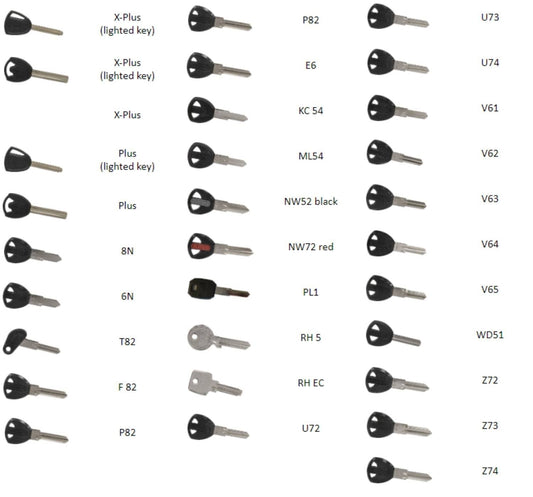
E-bike keys - getting spare keys, replacing key...
maurice wellsKeys - dreary at best, stuff of nightmares when it goes wrong. And all of it because we can't seem to stop pinching stuff from each other. We'll do our...
E-bike keys - getting spare keys, replacing key...
maurice wellsKeys - dreary at best, stuff of nightmares when it goes wrong. And all of it because we can't seem to stop pinching stuff from each other. We'll do our...
-
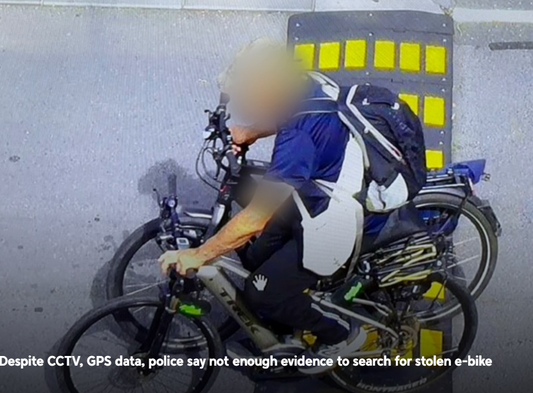
E-bike insurance in New Zealand - Home contents...
maurice wellsShould I insure my e-bike in Auckland? Insurance is highly recommended for e-bike owners in Auckland. Although we advocate prevention over a cure in the case of bike theft, there...
E-bike insurance in New Zealand - Home contents...
maurice wellsShould I insure my e-bike in Auckland? Insurance is highly recommended for e-bike owners in Auckland. Although we advocate prevention over a cure in the case of bike theft, there...
-
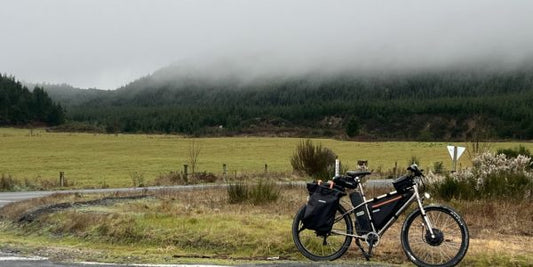
Rotorua – Tūrangi e-bike ride (& bus trips to/f...
maurice wellsIn the July school holidays my in-laws took the whānau do Tūrangi for 4 nights. Their rental car had room for 5 out of 6 of us. And I had...
Rotorua – Tūrangi e-bike ride (& bus trips to/f...
maurice wellsIn the July school holidays my in-laws took the whānau do Tūrangi for 4 nights. Their rental car had room for 5 out of 6 of us. And I had...
-
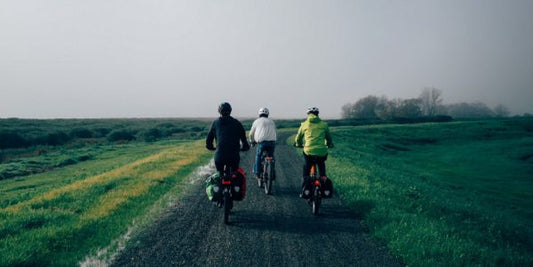
EBT Matariki trip 2025 – Hunua Traverse + Haura...
maurice wellsThe short story? Our first team outing with a canine crew member (Koki the staffy). And thanks to the new Hunua traverse link from Clevedon to Kaiaua, a trip away right on...
EBT Matariki trip 2025 – Hunua Traverse + Haura...
maurice wellsThe short story? Our first team outing with a canine crew member (Koki the staffy). And thanks to the new Hunua traverse link from Clevedon to Kaiaua, a trip away right on...
Meet the team
Contact us!-

Column
Pair text with an image to focus on your chosen product, collection, or blog post. Add details on availability, style, or even provide a review.
-
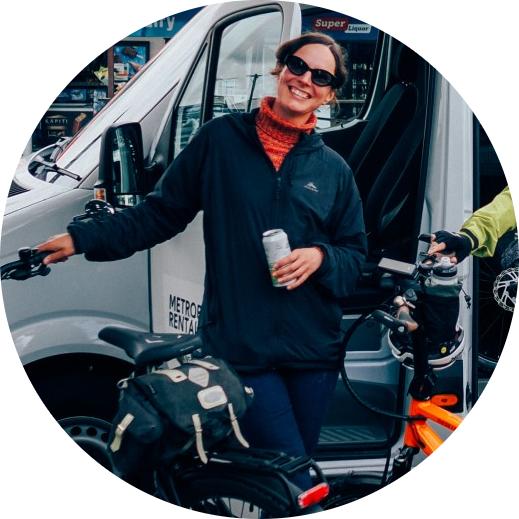
Column
Pair text with an image to focus on your chosen product, collection, or blog post. Add details on availability, style, or even provide a review.
-
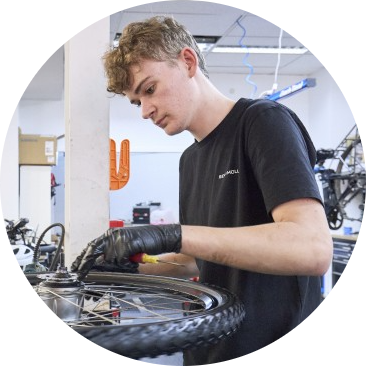
Column
Pair text with an image to focus on your chosen product, collection, or blog post. Add details on availability, style, or even provide a review.
-

Column
Pair text with an image to focus on your chosen product, collection, or blog post. Add details on availability, style, or even provide a review.
-

Column
Pair text with an image to focus on your chosen product, collection, or blog post. Add details on availability, style, or even provide a review.
-
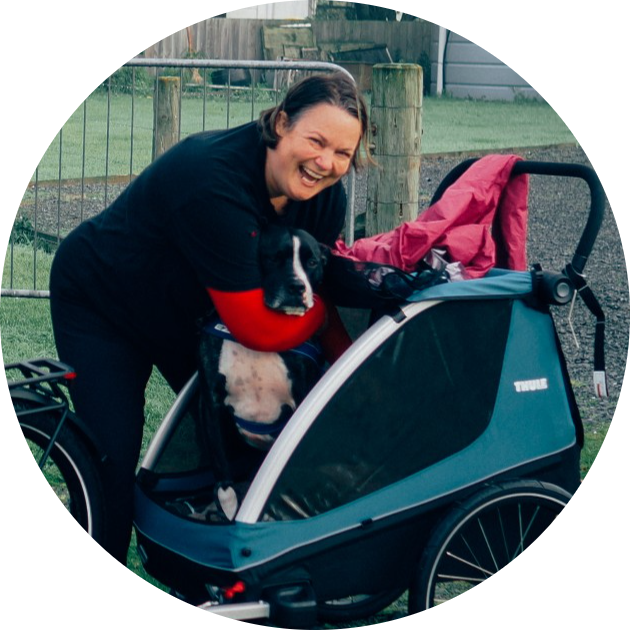
Column
Pair text with an image to focus on your chosen product, collection, or blog post. Add details on availability, style, or even provide a review.
-

Column
Pair text with an image to focus on your chosen product, collection, or blog post. Add details on availability, style, or even provide a review.
-
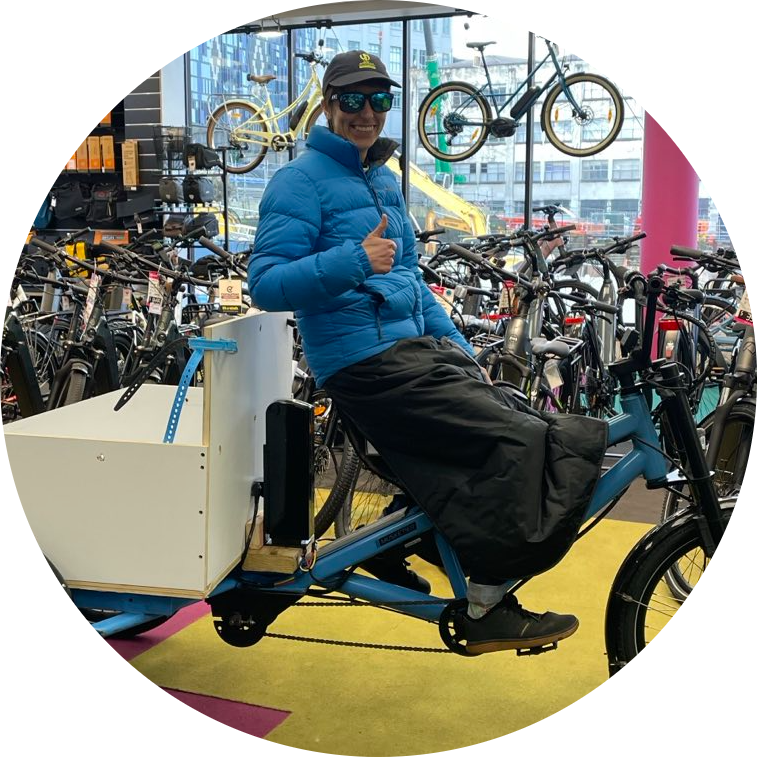
Column
Pair text with an image to focus on your chosen product, collection, or blog post. Add details on availability, style, or even provide a review.
 29 East Street Eden Terrace, Auckland
29 East Street Eden Terrace, Auckland
 Mon-Fri 9AM-6PM - Sat 10AM-4PM
Mon-Fri 9AM-6PM - Sat 10AM-4PM
 09 368 5899
09 368 5899
 Contact Us
Contact Us












